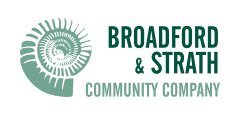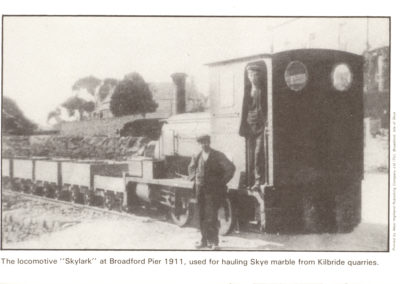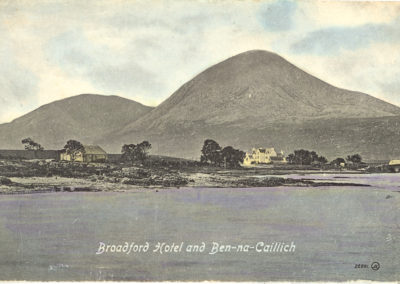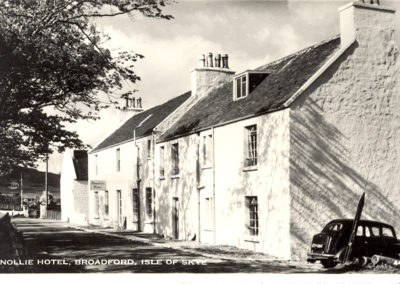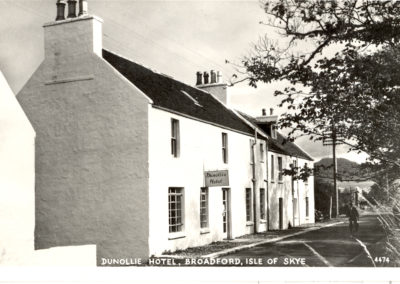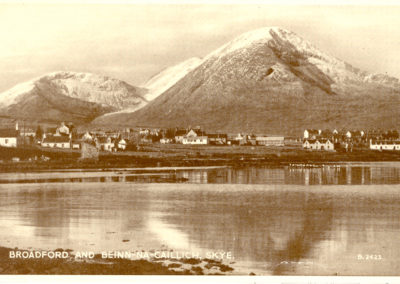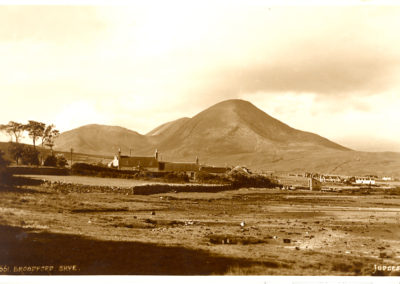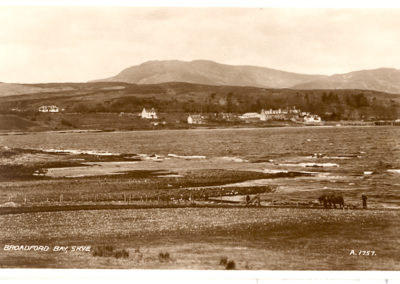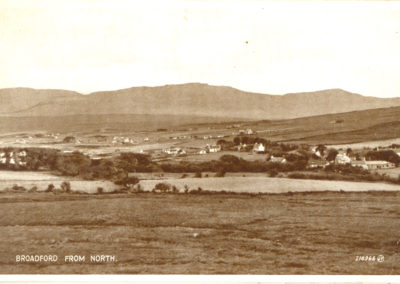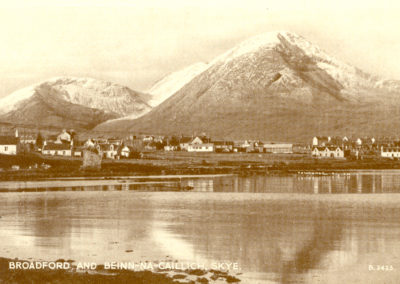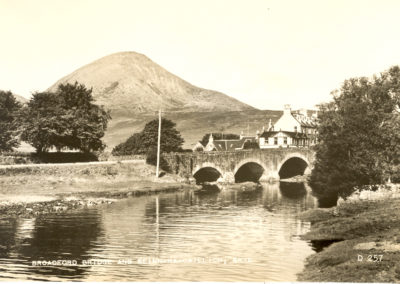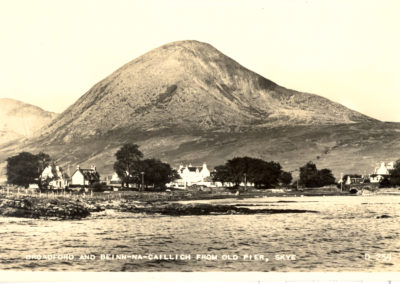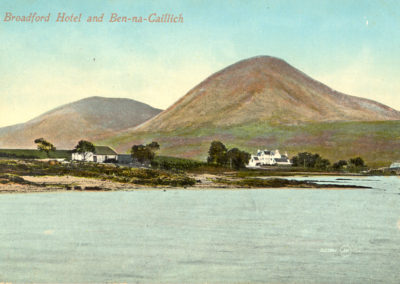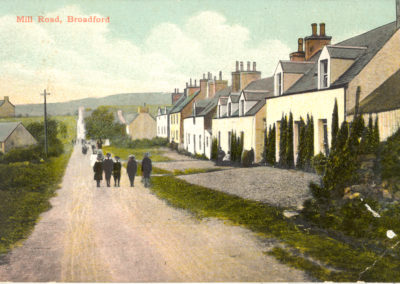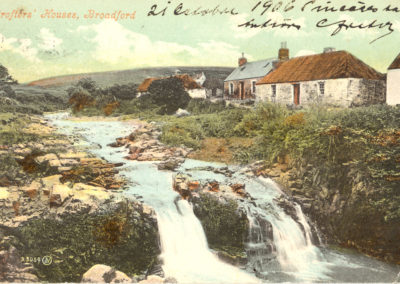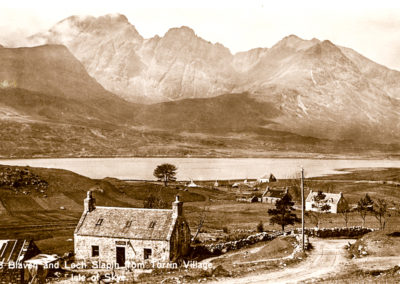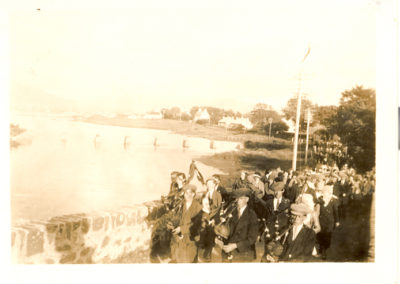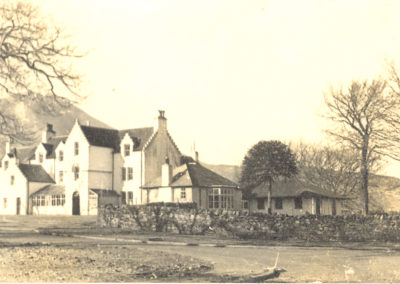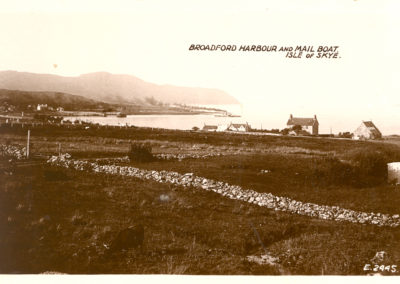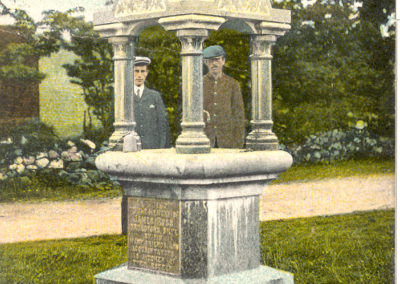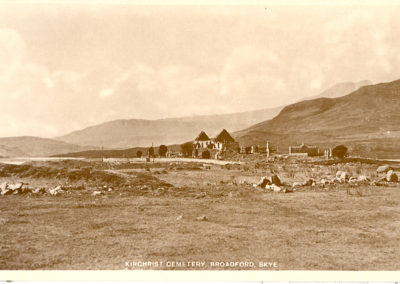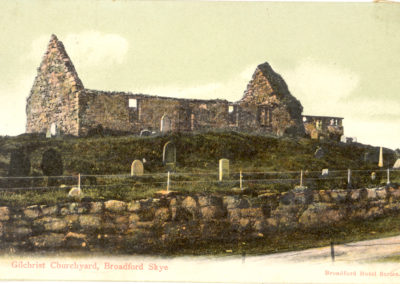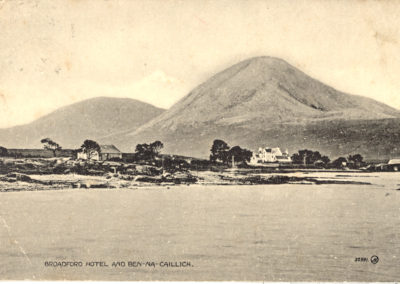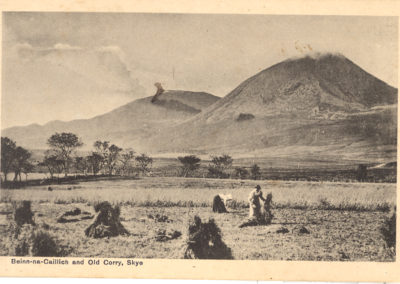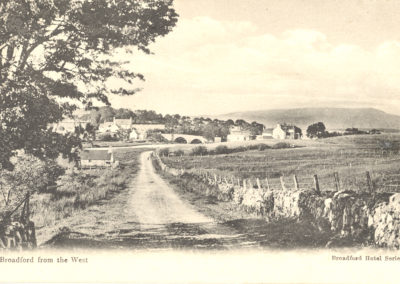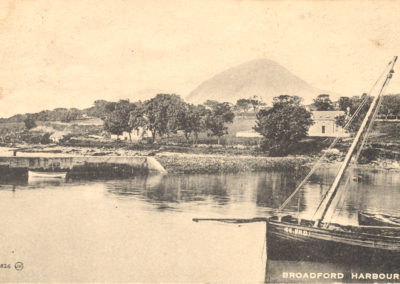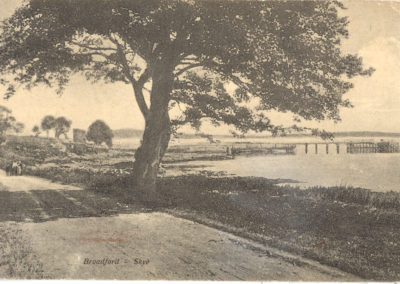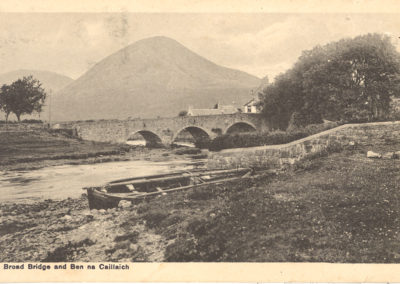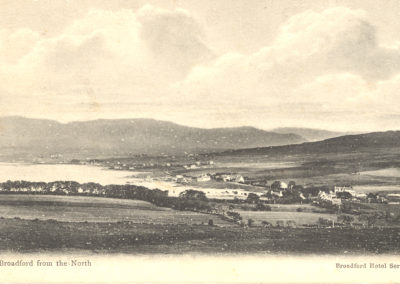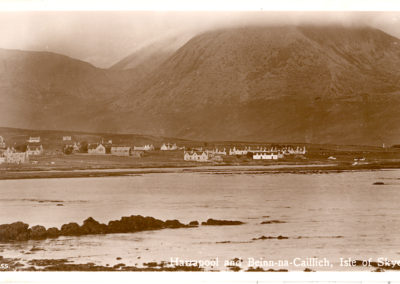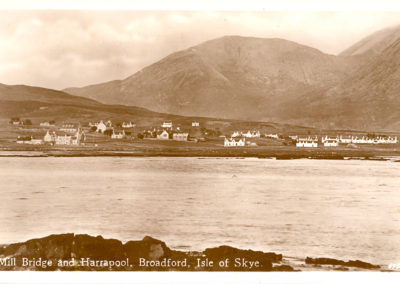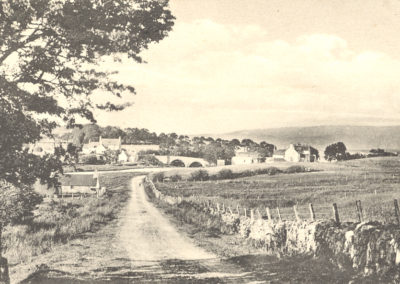About our area
To local residents, and to the many visitors drawn here each year, Broadford and Strath is an area of great distinctiveness, where the people, the land and the sea are inextricably linked. Stark beauty, dramatic silhouettes and expansive seascapes, rapidly changing patterns of weather, light and cloud, relative lack of development, and the charm and warmth of small communities, with their blend of traditional and modern skills and interests, music, language and dance cultures come together to make this an area we are very proud to call “home”. Broadford & Strath has been one of the most continuously and densely occupied areas of Skye over the last 10,000 years.
The History of Broadford
The village’s origins date back to a cattle market in the late 1700s. In 1812 the road from Kyleakin to Portree was built by Thomas Telford through the village. Throughout the 1800s, marble was extracted from a quarry at the foot of Beinn na Caillich (Hill of the Old Woman) and in 1904 a railway was built to carry the marble to the new pier at Broadford. In December 1910 a steam locomotive named the Skylark was in use on the line until the work ceased in 1914.
During his flight in 1746, Bonnie Prince Charlie was helped by Captain John MacKinnon. Before leaving for France one of the Prince’s followers rewarded MacKinnon with the French recipe of a brandy-based liqueur. This recipe was handed down through the Mackinnon family until, over 130 years later, a copy of the recipe was given to John Ross, owner of the Broadford Hotel. John did nothing with it but his son, James, decided to make up the recipe. After some trial and error, James produced a version of the recipe that he was happy with and invited some friends to try it. They all agreed that it was an excellent dram and James Ross began making and selling the liqueur in his hotel. In 1893, Ross registered a name for the liqueur and since September 1893 it has been known as “Drambuie”, from the gaelic ‘An Dram Buidheach’ which means ‘the drink that satisfies’.
Strath
The Marble Industry
Martin Martin mentions the quarrying of marble near Torrin as early as 1698, and Thomas Pennant’s records of his Scottish tours of 1771-1775, state that the altar in Iona Abbey was made of Skye marble. The highly ornamental white marble was also used in Hamilton Palace and Armadale Castle and is rumoured to have been used in the Vatican and the Palace of Versailles.
The Clearances
At this time the population of Broadford and Strath was increasing, rising from 1,748 (1801 census) to a peak of 3,243 in the 1851 census. Whatever the additional political pressures, such overpopulation was too much for the rural economy, and all over the Hebrides families were emigrating, either through choice in search of a better life, or as a result of the clearances. The concentration of people, the poor quality of the small ‘crofts’ handed out as an incentive to aid village clearances, and the severe impact of the 1836 famine meant that life was very fragile, and many died, fled, were evicted, or rebelled.
Keppoch and Boreraig were amongst the last villages to be cleared. Graphic descriptions of the eviction of the 44 families from Keppoch in 1852, and the 32 families remaining in Boreraig and Suisinish in 1853 are given in Prebble’s account The Highland Clearances describing the turning out of children, nailing up of doors, and burning of the thatch. One year later, Donald Ross, a Glasgow lawyer, visited Boreraig and found families still living out in the open, in unimaginable hardship.
HISTORICAL GALLERY
Skylark
The locomotive “Skylark” at Broadford Pier 1911, used for hauling Skye marble from Kilbride quarries. From the Isobel Taylor Collection.
